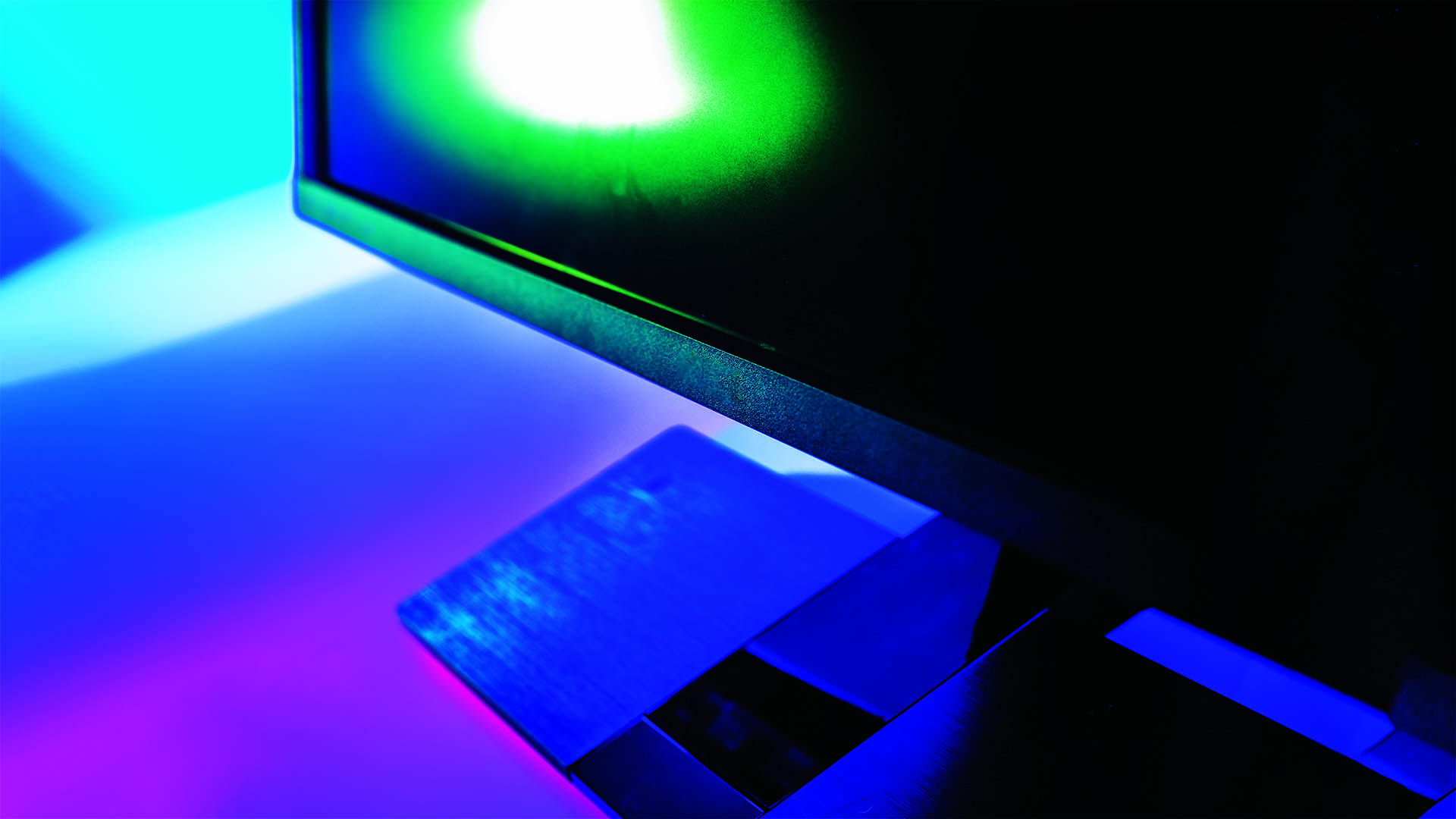Nvidia's new Reflex latency-busting technology aims to make you a better gamer
Nvidia Reflex will come built-in to upcoming gaming monitors and will measure system latency.

Nvidia is today announcing the introduction of Nvidia Reflex technology. In an attempt to put a quantifiable number on gaming PC input lag, Nvidia and its pals at monitor manufacturers are introducing screen-based technology called Reflex Latency Analyzer that is able to accurately measure system latency for the first time without specialised equipment. It's also adding per game support for a new Reflex Low-Latency Mode, which aims to lower input lag in select games.

Best gaming monitor: pixel-perfect panels for your PC
Best 4K monitor for gaming: when only high-res will do
Best 4K TV for gaming: big-screen 4K PC gaming
Details remain sparse on the exact specifications for upcoming monitors with the technology, although we know Alienware, Asus, Acer, and MSI intend to introduce the functionality within new 360Hz monitors intended for competitive gaming. Asus' model is similar to its recently announced 360Hz PG259QN—which is set to arrive later this month for $699—but packs the new technology. Look out for that under the PG259QNR name when it arrives.
Alienware intends to introduce the functionality within a new 360Hz monitor intended for competitive gaming: the Alienware 25 Gaming Monitor (AW2521H).
Valorant, Apex Legends, Call of Duty: Warzone, and Fortnite are just a few of the games announced that will support Nvidia Reflex Low-Latency Mode, "that reduces latency by up to 50 percent." This is a separate feature to the Reflex Latency Analyzer, and a part of the Nvidia Reflex technology suite.
Input lag is a common phrase thrown around in the gaming monitor space, but it's not easily measured without specialist equipment or cameras. To do so, you need to measure the time between a user hitting an input (primary mouse click, for example) and the monitor's pixels reacting to that input (your character fires a shot).
It can also be difficult to quantify the root of latency. Latency can stem from many sources: be that your peripherals, internal PC hardware, or monitor. And for as many points in the PC gaming pipeline where latency can be introduced, there are similarly patches where it can be reduced.
Nvidia Reflex appears to be intended to shine a light on where lag is being introduced within a system, and at the very least offer an accurate measure of a system's latency, if not reduce it.
Keep up to date with the most important stories and the best deals, as picked by the PC Gamer team.

That means there will be a lot more chat of real-world latency with this coming GPU generation, which may signify that latency is a new battleground between Nvidia and AMD—and one where Nvidia may believe it has the advantage considering today's disclosure.
We'll have to wait until we have our hands on both Nvidia Ampere and AMD RDNA 2 GPUs to put that theory to the test, however.
One would assume the technology will also be limited to the latest monitors and Nvidia 30-series GPUs, however, we're yet to hear confirmation either way.

Jacob earned his first byline writing for his own tech blog. From there, he graduated to professionally breaking things as hardware writer at PCGamesN, and would go on to run the team as hardware editor. He joined PC Gamer's top staff as senior hardware editor before becoming managing editor of the hardware team, and you'll now find him reporting on the latest developments in the technology and gaming industries and testing the newest PC components.

